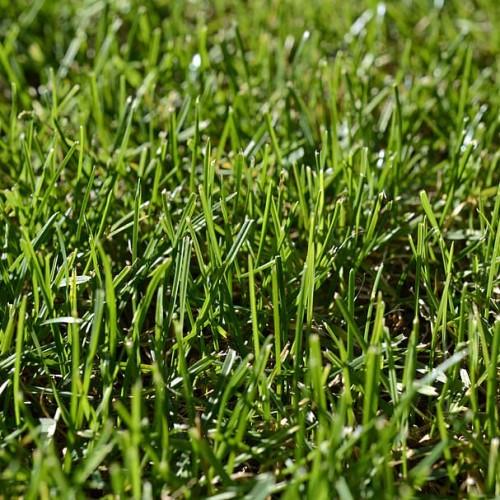
fescue
Festuca arundinacea WATER SAVER
Cycle:
Perennial
Watering:
Average
Hardiness Zone:
3 - 6
Flowers:
Flowers In Spring
Sun:
full sun,part shade
Fruits:
Fruits Ready In Fall
Leaf:
Yes
Growth Rate:
Low
Maintenance:
Moderate
Drought Tolerant:
Yes
Salt Tolerant:
Yes
Care Level:
Low
watering
Fescue is a drought-tolerant grass that requires less frequent watering than other types of grass. During the active growing season, this species should be watered 1-2 times a week. Each session should be approximately 1-1.5 inches of water in order to supply enough moisture for healthy growth. It is important to avoid over-watering, as it can lead to fungal diseases and root rot disease. During periods of cool weather, Fescue should have even less water applied – usually no more than once every 2 weeks. During the summer, when temperatures are hot, more frequent watering may be necessary.
sunlight
Fescue prefers full sun or partial shade, with at least 6 hours of direct sunlight per day. While partial shade is acceptable, extensive shade should be avoided as it can lead to increased disease problems and reduced flowering. During hot, summer months it is advisable to provide afternoon shade to help sustain the plants through the heat of the day.
pruning
Fescue should be pruned twice annually, in the spring and fall. Pruning in the spring should be done just after new growth emerges, to prevent discouraging strong upward growth. This species should be lightly pruned as it does better with minimal pruning. Remove up to 15% of the current year's growth, being sure to maintain the overall shape of the plant. Pruning during the fall should be done with a heavier hand, as the fescue will have a longer period of time to recover before the next growing season. Remove up to 25% of the current year's growth, ALWAYS trimming generally with a downward angle to preserve the plant's shape.
